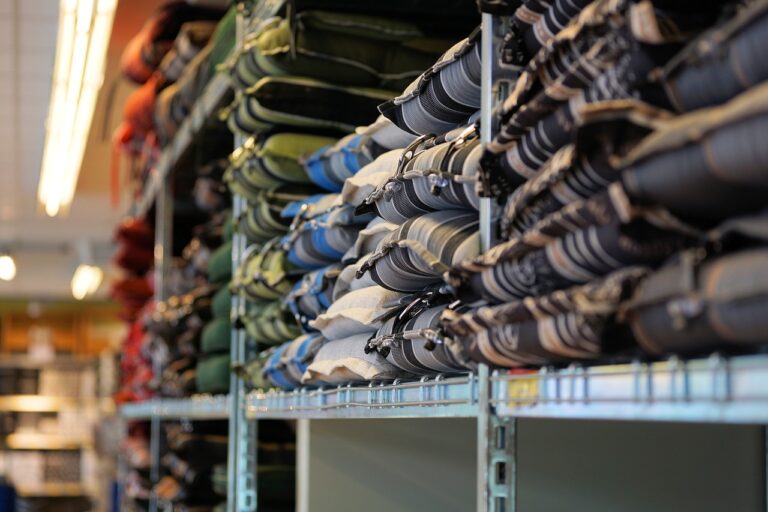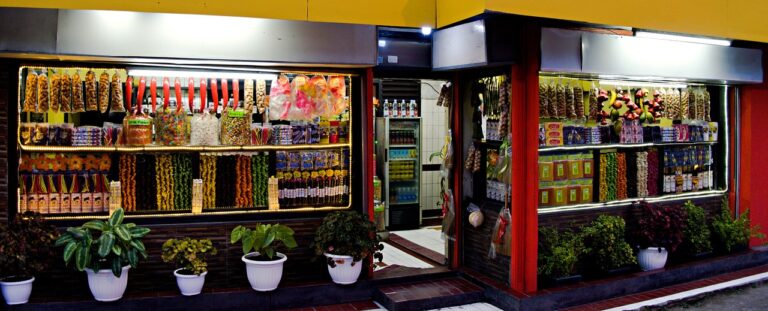The Future of Sustainable Fashion: Trends and Innovations
The fashion industry faces numerous challenges as it strives to keep up with changing consumer demands and market trends. One key issue is the fast-paced nature of the industry, leading to a pressure for constant production and quick turnover of products. This can result in overproduction, high levels of waste, and unethical labor practices in order to meet demands for affordable clothing. Additionally, the industry’s heavy reliance on natural resources and energy-intensive processes contributes to environmental degradation and carbon emissions, further exacerbating the industry’s impact on the planet.
Another significant challenge for the fashion industry is the rise of social media and online shopping, leading to increased competition and a need for brands to constantly innovate and engage with consumers in new ways. The shift towards digital platforms has also changed consumer behavior, with a growing demand for transparency, sustainability, and ethical practices within the industry. As a result, brands are under increasing scrutiny to improve their supply chain practices, reduce their environmental footprint, and ensure fair treatment of workers throughout their production processes. Meeting these evolving expectations while remaining competitive poses a major challenge for fashion companies in today’s market.
Rise of Eco-Friendly Fabrics
It’s no secret that the fashion industry is undergoing a significant shift towards sustainability, with eco-friendly fabrics at the forefront of this movement. Brands are increasingly turning to materials like organic cotton, hemp, and bamboo to reduce their environmental footprint. These fabrics not only require fewer chemicals and pesticides to produce but also have a lower impact on water and soil.
In addition to the environmental benefits, eco-friendly fabrics are also gaining popularity due to their superior quality and comfort. Organic cotton, for example, is known for its softness and breathability, making it a favorite choice for clothing manufacturers and consumers alike. As demand for sustainable fashion continues to grow, the use of eco-friendly fabrics is expected to become the new norm in the industry.
• Organic cotton, hemp, and bamboo are popular eco-friendly fabrics
• Require fewer chemicals and pesticides to produce
• Have a lower impact on water and soil
• Known for superior quality and comfort
• Organic cotton is soft and breathable
• Increasing demand for sustainable fashion
• Expected to become the new norm in the industry
Innovations in Recycling and Upcycling
In recent years, the fashion industry has seen a rise in innovations focused on recycling and upcycling materials. Brands are increasingly exploring ways to repurpose waste fabrics and reduce their environmental impact. This movement towards sustainability has gained momentum as consumers are becoming more conscious of the implications of fast fashion on the planet.
One innovative approach that has gained traction is the use of recycled plastic bottles to create polyester fabrics. By diverting plastic waste from landfills and oceans, these fabrics help reduce the industry’s reliance on virgin materials. Additionally, upcycling techniques like transforming vintage garments into new designs are gaining popularity as a way to breathe new life into existing clothing items.
What are some of the challenges faced by the fashion industry in terms of sustainability?
Some challenges faced by the fashion industry include high levels of waste, pollution from production processes, and the use of non-biodegradable materials.
How are eco-friendly fabrics helping to address these challenges?
Eco-friendly fabrics, such as organic cotton, Tencel, and recycled polyester, are made from sustainable materials and have a lower environmental impact compared to traditional fabrics.
What are some innovative ways that companies are recycling and upcycling materials in the fashion industry?
Companies are using recycled materials like plastic bottles and old denim to create new clothing items, as well as upcycling materials like old fabrics and textiles into new designs.
How can consumers support the shift towards more sustainable fashion practices?
Consumers can support sustainable fashion practices by buying from brands that use eco-friendly materials, recycling their clothing, and choosing quality items that are meant to last.







